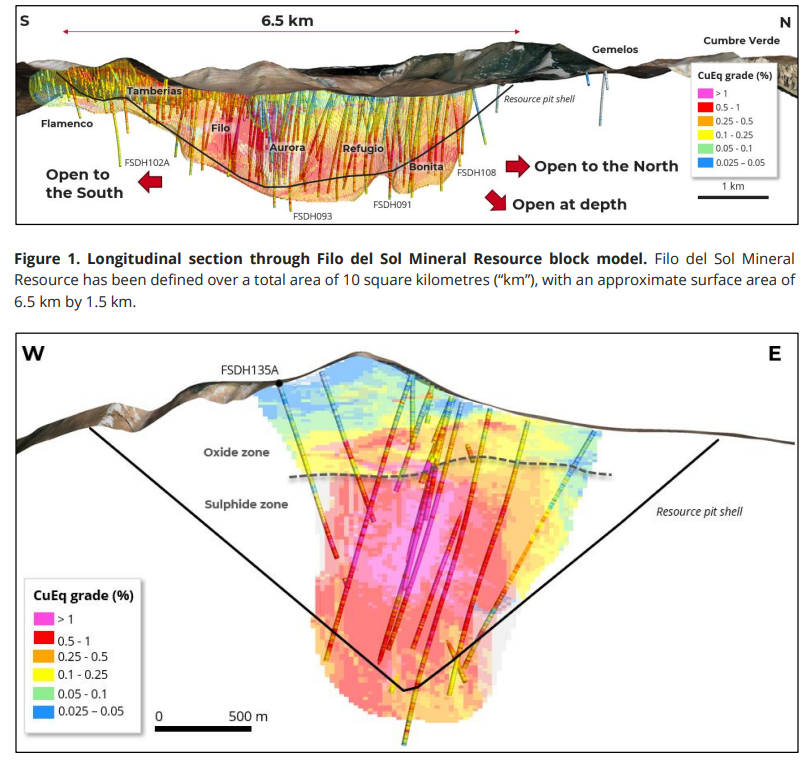On the border of two South American countries, miners have discovered a hoard of valuable metals that’s been described as “one of the world’s largest copper, gold, and silver resources.”
A new survey estimates that the Vicuña Mineral Resource in the San Juan Province in Argentina and the Atacama Region of Chile contains up to 13 million tonnes of copper, 907,000 kilograms (32 million ounces) of gold, and 18.6 million kilograms (659 million ounces) of silver.
Controlled by mining giants Lundin Mining and BHP, the Vicuña Mineral Resource spans two primary deposits – the Filo del Sol and Josemaria – and has already ranked among the world’s top 10 copper-producing sites. In addition to its copper output, it is recognized as one of the largest gold and silver resources globally. The latest findings indicate this region of South America may be even more resource-rich than previously believed.
“Filo del Sol and the Vicuña district are poised to develop into a world-class deposit that will support a globally ranked mining complex,” Jack Lundin, President and CEO, said in a statement.
“Highlighted in this release is not only the size and scale of Vicuña but also the high-grade core of the deposit […] Big deposits tend to get bigger and we see clear expansion potential to grow the resource,” added Lundin.
Cross section of the Filo del Sol deposit: Highlighting the high-grade core and the shallow near-surface high-grade oxide zone.
Image credit: Lundin Mining
Gold is a valuable metal, not just because of its use in jewelry, fancy ornaments, and monetary systems. It also serves as an essential material used in computers, communications equipment, spacecraft, jet aircraft engines, and other technological equipment.
While Lundin Mining didn’t disclose how much money is at stake, a quick glance suggests that billions upon billions of dollars could be on the cards.
Sought-after metals like gold, silver, and copper are ultimately the product of ancient geological processes within our planet. Millions of years ago, in zones where tectonic plates crashed together and one was forced beneath another, molten rock surged upward and circulated superheated fluids through cracks in the crust.
These fluids, rich with dissolved minerals from deep within the Earth, slowly cooled as they traveled through fractures and faults, leaving behind veins of precious metals. Over the millennia, these deposits can be shifted by erosion and the movement of water, where they settle on seabeds and floodplains, forming placer deposits.
Mining adds a new chapter to this ancient story. Unearthing metals from deep beneath the Earth requires networks of roads, sprawling infrastructure, and a shift in the rhythm of remote landscapes to the hum of heavy machinery. In chasing the riches forged by natural forces over millions of years, we risk upsetting the very environments that made their creation possible.
Source Link: “One Of World’s Largest Copper, Gold, And Silver Resources” Found In South America
